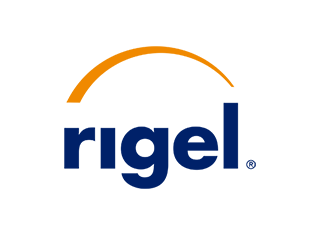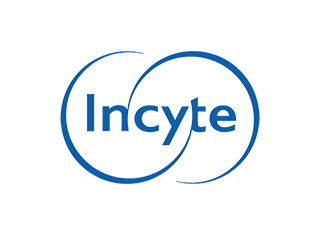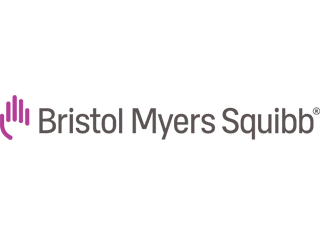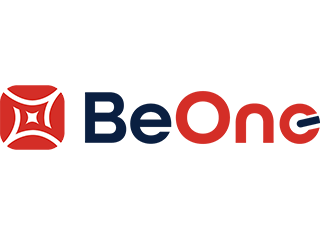Cancer Care, Explained.
Patient education resources can be overwhelming or too basic to be truly helpful. As a result, patients and their caregivers are left confused and unprepared.
Our Solution: Patient Education Sheets (PES) bridge these gaps by providing easy-to-understand information about a wide range of cancer treatments, helping patients and caregivers navigate treatment with confidence.
SEARCH PATIENT EDUCATION SHEETS

What are Patient Education Sheets?
Patient Education Sheets (PES) are:
- Straightforward and easy to understand, created specifically for patients and caregivers
- Inclusive of information on both common and rare side effects, with practical tips for prevention and management
- Written at the average American reading level to ensure accessibility for wide audience
- Customizable, with space for clinics to add supportive care details, contact information, and other personalized notes
PES evolved from our prior Oral Chemotherapy Education (OCE) and Intravenous Cancer Treatment Education (IVE) resources
Our Founding Partners
Built on Collaboration & Expertise:
This initiative is led by NCODA, in partnership with three professional organizations-HOPA, ONS, and ACCC. These collaborations ensure that the content is accurate, comprehensive, and reviewed by an interprofessional team.


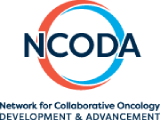


The Association of Cancer Care Centers (ACCC) promotes the entire continuum of quality cancer care for our patients and our communities. Since 1974, ACCC has been helping oncology professionals adapt to the complex changes of delivering quality cancer care.
More About ACCC
The Hematology/Oncology Pharmacy Association (HOPA) supports pharmacy practitioners and seeks to promote and advance hematology/oncology pharmacy to optimize the care of individuals affected by cancer.
More About HOPA
NCODA’s guiding values of being patient-centered and collaborative are at the heart of every one of our initiatives. We are leading in expertise, quality standards, and the sharing of best practices with all medically-integrated pharmacy teams and stakeholders involved in the care of cancer patients.
More About NCODA
The Oncology Nursing Society (ONS) is a professional association of more than 39,000 members committed to promoting excellence in oncology nursing and the transformation of cancer care.
More About ONSRecently Published Patient Education Sheets
Browse All Patient Education Sheets
Navigating the New Patient Education Sheets: Content Overview and Website Guide. Learn how to make the most of the updated resources to better support patients and caregivers.
This event is brought to you by ACCC, HOPA, NCODA, and ONS. Don’t miss this opportunity to explore the new patient education tools and get practical guidance on using the website effectively.
FAQs
Straightforward and easy to understand, created specifically for patients and caregivers. Designed between a 5th and 8th grade reading level to explain how the therapy is given, how it works, the treatment schedule, and important precautions.
The NCODA PES Committee, comprised of nurses, pharmacists, and advanced practice providers from across the country, reviews educational content on clinical changes and updates annually as part of our routine process. In addition, we actively monitor and incorporate major and urgent updates to ensure that our education remains as current and relevant as possible.
Yes. Healthcare providers are permitted to print, copy, and distribute Patient Education Sheets directly to patients and caregivers, and you may also direct patients to the PES website. However, commercial reproduction, rebranding, reposting on other websites, or integration into electronic systems requires prior permission. For questions about use beyond direct patient education, please email: patienteducationsheets@ncoda.org
The PES webpage will feature a “Recently Published Patient Education Sheets” section, highlighting the latest additions and updates so you can quickly identify new content.
Patient Education Sheets are written in clear, patient-friendly language to make complex medical information easier to understand. They are primarily designed as a supplemental tool for healthcare providers and pharmacists to use during patient counseling sessions. While the primary intent is to support provider-led education, patients and caregivers can also review the sheets on their own to reinforce what was discussed during their appointments.
Direct linking or integration of Patient Education Sheets into an EHR is not permitted without prior approval. If your practice is interested in this use, please contact patienteducationsheets@ncoda.org to request permission and discuss licensing options.
To ensure optimal print quality for our Patient Education Sheets, please follow these best practices for printing in landscape mode. Before printing, adjust your printer settings to ‘Landscape’ orientation; this will prevent any part of the document from being cut off and maintain the readability of the text. Avoid printing in ‘Portrait’ mode, as this will result in truncation of the content and significantly reduced font size, making it difficult to read. If you encounter issues, checking your printer’s user guide for additional landscape printing instructions may be beneficial. If the landscape feature is not available on your printer, please work with your IT Department for support.
To determine how long patients need to follow safety precautions when handling body fluids after receiving hazardous drugs, we conducted a comprehensive literature review. Our search focused on available studies describing the pharmacokinetics of these drugs — particularly their half-lives and the percentage of active drug or metabolites excreted in urine and feces.
Unfortunately, data in this area is limited. For many agents, it remains unclear when the drug or its metabolites are cleared from the body. Additionally, there is no established threshold for the minimum amount of drug or its metabolite in body fluids that poses a hazard. Because of these data gaps, we based our recommendations on the best available evidence and reasonable assumptions to estimate an appropriate timeframe for maintaining safety precautions.
Call to Action:
As drug manufacturers are now required to provide guidance on how long patients should wait before becoming pregnant or breastfeeding after treatment, we believe they should also provide clear recommendations on safety precautions related to body fluid handling after patients receive hazardous drugs. Establishing evidence-based, standardized guidelines would help ensure patients and caregivers know exactly how long these safety measures should remain in place to protect everyone’s health.
PES Review Committee
The Patient Education Sheet (PES) Committee is a multidisciplinary team of oncology professionals who guide the development and review of these important resources. This committee ensures that every PES is accurate, clear, and meaningful for patients and caregivers navigating cancer treatment.
Led by NCODA and supported through collaboration with three leading professional organizations—ACCC, HOPA, and ONS—the committee combines expertise from across the oncology care spectrum. Together, they uphold best practices, promote consistency in patient education, and remain committed to improving outcomes through accessible, patient-centered information.


Have a suggestion for a new or revised PES, or general questions?
Use the form below to share your input and help us strengthen our patient education resources.
Our Sponsors
Bringing Together Oncology Innovators
The support of NCODA’s sponsors fuels our innovation and connection with oncology professionals, enabling us to offer resources that enhance patient care and drive the future of oncology.
















